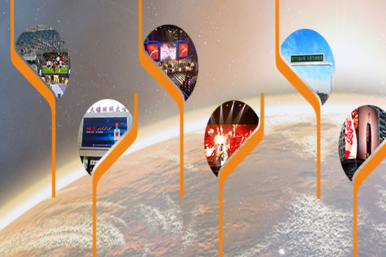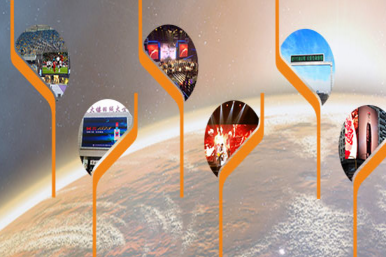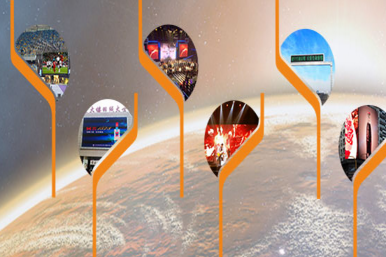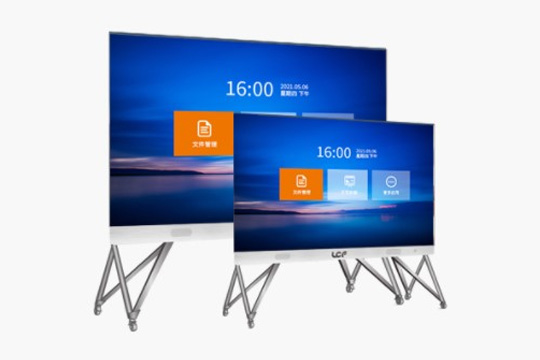Publisher: Supplier of LED Display Time: 2018-08-08 09:40 Views: 4376
When it comes to 5G, many people think of "fast". So, how fast is 5G? There is an analogy in the industry: If you compare 2G to a bicycle, 3G is a motorcycle, 4G is a car, and 5G is a high-speed rail. Although ZTE, the leader in the 5G field, encountered "Waterloo" some time ago, and the industry expects that the huge opportunities brought by the commercialization of 5G to the secondary market will also be postponed, the current benefits of my country's communications industry continue to be released, the 5G industry is advancing smoothly, and the world's mainstream communications are predicted Operators and manufacturers can realize 5G commercial use around 2020.
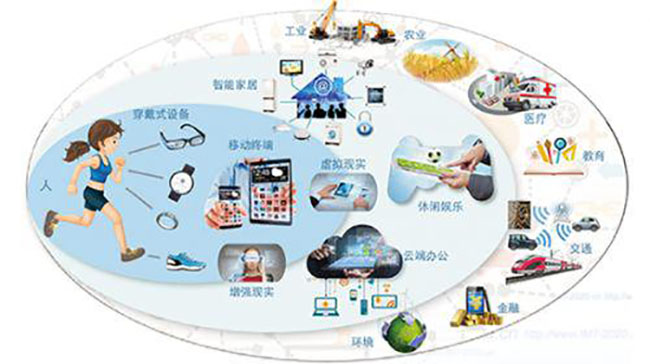
Smart light poles include LED smart light pole screens, LED smart street lights and other parts. They follow the distribution of urban roads and streets, covering the body of the city like blood vessels and nerves, and have the trinity of "net, point, and pole" The characteristic is the main carrier of the smart city, and it will also become the first site of the smart city transformation.
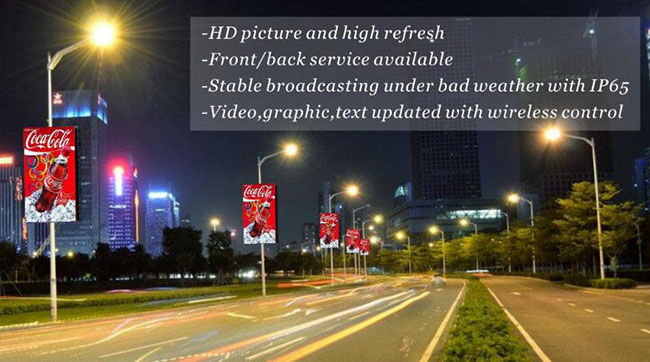
Lianchengfa LED light pole screen scene application
Lianchengfa LED light pole screen is thin, energy-saving, beautiful, and smart. Although the area of the light pole screen is small, placing advertisements on multiple sections can also play a role in mandatory advertising placement. The deployment of small base stations based on light poles is the main form of outdoor deployment. After systematic calculations, the installation of 5G base stations will drive a market of 117.6 billion smart light poles, with an annual average of 29.4 billion. The prospects for LED light pole screens are promising.
In addition to smart light poles, 5G will also bring earth-shaking changes to the display effect of LED displays. Because it is "fast" enough, 4K and 8K ultra-high-definition video will be played unimpeded on the LED display, and the combination of naked-eye 3D, VR, AR and other technologies on the LED display will be more and more. Take the 5G business development blueprint formulated by China Telecom as an example. From 2020 to 2021, the focus will be on the development of high-definition video, 3D video, VR or AR (augmented reality) film and television, games, as well as intelligent transportation, robot-assisted manufacturing, and remote consultations. Business: From 2022 to 2023, focus on the development of cloud office, VR or AR tourism, smart agriculture and smart city businesses; after 2024, focus on the development of businesses such as VR education, autonomous driving and remote surgery.
Although the prospect of 5G is very impressive, it is a gradual process after all, and because of the high cost of 5G base stations, building a good 5G network requires operators to invest a lot of money in construction. At the same time, the perception of 5G by ordinary terminal customers is not obvious, and the progress of users changing to 5G will obviously not be very fast. How to get customers to accept and use 5G is also a major problem that LED display manufacturers need to face. But with the widespread application of 5G technology, more application exploration will be discovered, and my country's manufacturing industry will become more intelligent. We have reason to believe that the advent of the 5G era is bound to bring subversive changes to the LED display industry.
